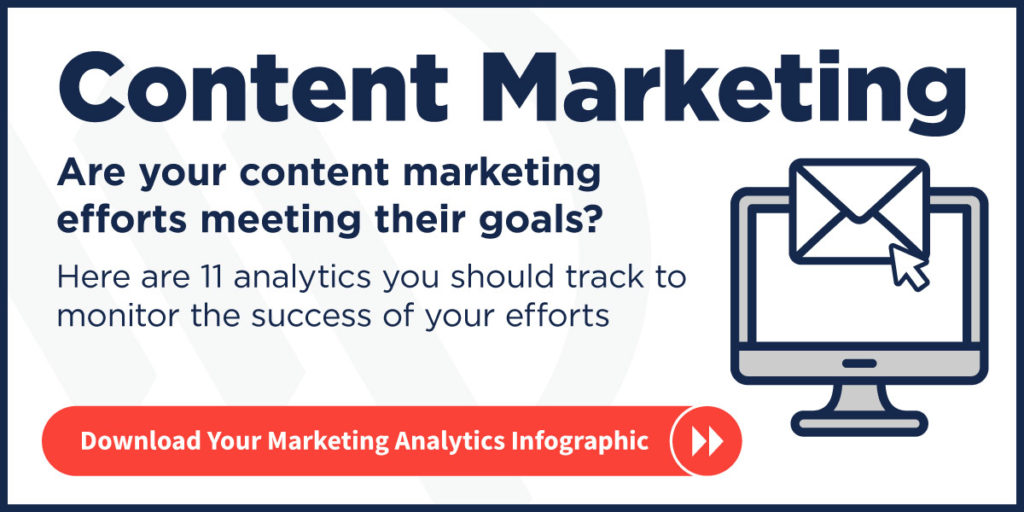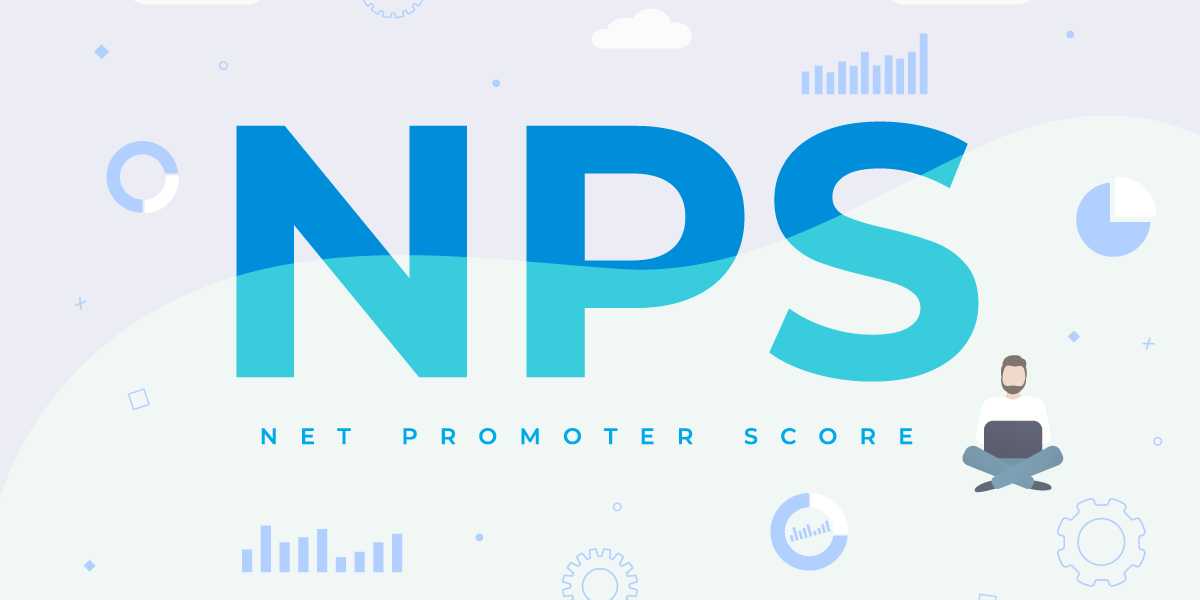I’m a detective, but maybe not in the way you’d expect. I’ve studied and investigated a question, trying to unravel the mystery of why some companies are more successful than others. Here’s the secret: it comes down to traffic. More traffic means more money and more opportunities to grow your business. But all traffic is not created equal. So, what are the different types of traffic? What’s the best traffic to have? In this blog post, we’ll answer these questions, so you have everything you need to know about website traffic!
New to Inbound Marketing? Check Out Our Helpful Guide!
Direct Traffic
Direct traffic is the simplest form of website traffic. It’s the kind that comes from a direct connection with your site—like a link created to easily share your site. Direct traffic can also be generated by other methods, such as when someone types in your web address or scans a QR code that leads to your site.
Direct visitors are not generated by queries using search engines. However, these types of web sessions are still valuable. For example, if someone knows your URL and enters it directly into his/her browser’s address bar — this counts as direct traffic!
Search Traffic
Search traffic is the result of someone typing a keyword into a search engine like Google or Bing. Search engines use algorithms to determine which websites are most relevant to a user’s search, and then display those sites in their results. The more people who visit your site through search engines, the more popular it becomes.
Search traffic can be free or paid; however, if you choose to pay for advertising on Google AdWords or Bing Ads, then you will only receive paid visits from people who have specifically searched for keywords related to your business (e.g., “website design company” or “web developer”).
Social Traffic
Social media platforms like Facebook and Twitter are a great way to get traffic to your website. It’s easy to target specific audiences on these platforms, so you can promote content that will appeal directly to them. You can also use social media as a tool for driving people back to your website by including links in posts or tweets that direct users away from the platform and into the content itself. For example, if you share an article on Facebook, include a link so viewers know where else they can go if they want more information about the article (and hopefully click through).
Email Traffic
Email traffic is a good source of website traffic because it’s targeted. You can send emails to your existing customers and prospects with new product announcements, coupons, or other content that will be of interest to them. The best way to get email traffic is by having people sign up for your newsletter or email list.
This can be done in two ways, but whichever method you choose, be sure to be professional:
- Include an opt-in form on each page of your website
- Use pop-up windows when someone visits certain pages of the site
Paid Traffic
As mentioned above, paid traffic is a form of online advertising that allows you to target specific audiences. It’s also known as “paid search” or “paid advertising.” You pay for your ad to appear on search engines, social media platforms, and other websites. This can be useful if you have a specific audience in mind that isn’t already coming to your site organically (through organic searches).
Referral Traffic
Referral traffic is a beneficial type of website traffic, as it’s free and can be generated by anyone. You can get referral traffic by having a good reputation online, guest blogging for other blogs and websites (like we do here!), or simply by writing good content that other people want to share with their own audiences.
If you’re looking to grow your business online and don’t have time or money for paid advertising campaigns, then referral traffic is definitely a way forward!
Conclusion
Hopefully this post has helped you understand the different types of website traffic. The next step is to figure out which one(s) are right for your business and how you can get started with them. Don’t be afraid to try new things! And if you have any questions, feel free to reach out to us at info@sharpwilkinson.com—we are here to help!





